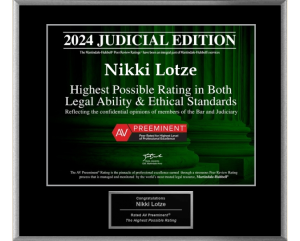DEADLY CONDUCT & TERRORISTIC THREATS
Criminal Law & Procedure: Criminal Offenses: Miscellaneous Offenses: Reckless Endangerment
Criminal Law & Procedure: Criminal Offenses: Crimes Against the Person: Terrorism
A person commits the offense of deadly conduct when he or she recklessly engages in conduct that places another person in imminent danger of serious bodily injury. This offense is a firearm offense. Examples of this offense are discharging a firearm at or in the direction of another person, into an occupied vehicle, or in a residential area. The person does not need to believe that the firearm was loaded in order to be guilty of this offense.
The offense of deadly conduct is usually classified as a misdemeanor. It is often included as a lesser offense in assault and aggravated assault cases.
A person commits the offense of terroristic threats when he or she threatens to commit any act of violence with the intent of causing a reaction by governmental agencies that deal with emergencies, interrupting governmental activities, or of placing the public in fear. The offense is also committed when a person prevents or interrupts the use of a public place, building, or workplace or when the person causes the interruption of public utilities and other public services. The offense is further committed when a person seeks to place another person in fear of serious bodily injury.
A person’s ability to carry out the terroristic threats is not an element of the offense of terroristic threats. The offense is committed when the person specifically intends to cause the results that are set forth above. The results need not be carried out or completed. The prosecution need only show that the person seeking the result by making the terroristic threats.
The offense of terroristic threats may be classified as a misdemeanor or a felony. Whether the offense is a misdemeanor or a felony depends upon the amount of any monetary loss and the type of facility that has been interrupted as a result of a defendant’s threats.
Copyright 2012 LexisNexis, a division of Reed Elsevier Inc.











